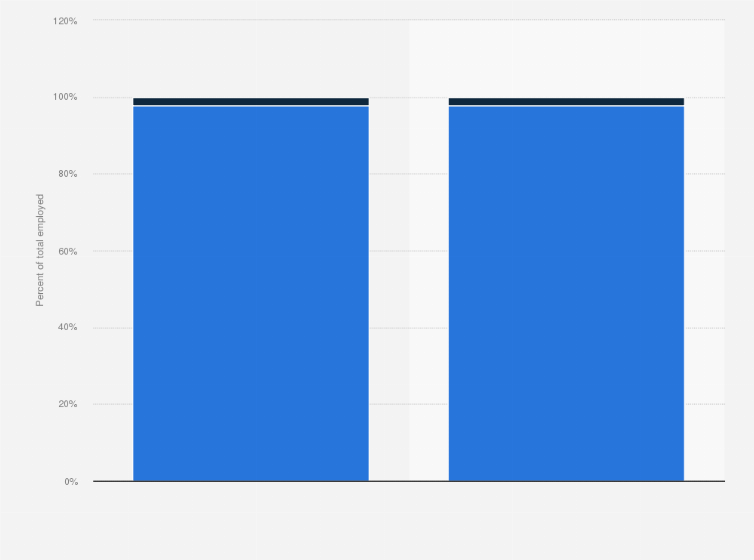
Electricity supply reaches a house through a meter that tracks how much electricity your family uses. The electricity travels throughout the house through wires and switches. These wires are the source of the electricity that powers your appliances. In a typical house, there are two to three hundred switches and outlets.
Distributed power
Distributed power is the power used to provide power to buildings and homes. This type of power can be generated and distributed with different technologies. The primary distribution current is generally between four and 35kV (phase-to–phase) or 20kV (phase-to neutral). A majority of utility customers have a transformer connected that lowers the voltage so it can be used for lighting and interior wiring. There are two basic types: radial distribution networks and network. Multiple supply sources can operate simultaneously in a network distribution system. Spot networks are for concentrated loads. Radial systems are used in rural regions.

Transmission lines
Transmission lines are the conduit through which electricity flows between a powerhouse and your home. A typical transmission line has three phases with their own conductors. Each phase of electricity runs along a conductor cable, which is made of multiple aluminum wires supported by an iron core. These conductors are often bundled together to increase their capacity.
Inverters
Inverters can produce an AC signal, which can be used for many purposes. They can produce a square or modified sine wave as well as a pulse width modulated signal. A low-pass filter can be created, which allows for the fundamental component of the device to pass but reduces the harmonic component. Most inverters produce sine waves, quasi-square waves, which are classified according the frequency response.
Generators
Generators generate electricity using fuel sources. They are a critical component of an electrical power house. They can be used to run vital home appliances in an emergency or power camping equipment. There are two main types of generators: the portable generator that is used to power camping equipment and the larger, more permanent standby generators which are placed outside your home. Michael Faraday, who invented the first generator in 1831, has seen technology improve tremendously. There are many types of generators and each one has its advantages.
Substations
There are several factors to consider when deciding where to locate substations in an electrical power house. These include security, size, and location. You can find a substation underground or on the ground. Or, it may be in a specific building. Indoor substations are most common in urban areas. This reduces the amount of noise from transformers and protects switchgear from the harsh climate.

Electric meter
An electricmeter is a device that measures how much electricity has been consumed. It measures the electricity consumption in watts, kilowatts hours. A watt is the result of a circuit’s voltage and amp. One volt = one amp is the formula that determines a watt. To accurately measure the amount of energy used, however, we must also consider the element time. The unit of measure used to calculate total electricity consumption in a home/business is the watt.
FAQ
What is the purpose and scope of the service agreement
The purpose of a Service Agreement is to define the terms under which a customer agrees to purchase goods from you. The Service Agreement also outlines how you will pay them for those services.
The most common form of this document is called a Sales Order Form. This is where the customer will indicate what products they are purchasing and what their prices are. You then list any other items included in the order, such as delivery charges, VAT, insurance, etc. Finally, you will specify when the order should delivery and be paid for.
You can use different documents depending on the nature or transaction.
An invoice may be used if you provide a service and not a product.
If you purchase something from someone else, you will likely use a Purchase Order Form.
All information is required when preparing a sales order.
Remember that the buyer will appreciate a more detailed sales order form.
What documents do I need to show when applying for building permission?
Additional to your SCA, you will need proof that:
-
Visitors have ample parking space.
-
They are also suitable for those who need to access them.
-
Access to all utilities is possible
-
All works are compliant with the relevant planning regulations.
When do you have to pay the service/contractor bill?
The service you are receiving will dictate the payment schedule. For example, if you hire a contractor to install a new roof, you would typically make payments as soon as the work was completed. A supplier might require you to test and receive the item before you pay.
Is there any limit on how much money I can spend for the project?
No. Your SCA will set a maximum cost for the project. You may be able negotiate a lower price from the contractor.
Statistics
- While we offer all our high-quality services at competitive prices, we know that many who need our services are on fixed incomes, so we offer a 10 percent discount for seniors and military members. (homeservicecontractorsinc.com)
- Don't take their anger personally, they are mad about the situation 99% of the time. (activatemylicense.com)
- (1) Ascertain the extent to that offers are based on the payment of overtime and shift premiums; and (2) Negotiate contract prices or estimated costs without these premiums or obtain the requirement from other sources. (acquisition.gov)
- (v) Place or places of performance of the prime contract and first-tier subcontracts estimated at $10 million or more, if known. (acquisition.gov)
- Depending on the client's trustworthiness and financial stability, a deposit is usually 10 to 50% of the total contract amount. (lawdepot.com)
External Links
How To
How can I get started with the negotiation of my first service arrangement?
It can be daunting to negotiate the terms of a service agreement.
However, it does not have to be difficult for you to negotiate the terms of your first contract.
It all depends on how well prepared you are.
Before you begin negotiations, it is important to understand the terms and condition of your first service arrangement.
You should, for example, know exactly what you will do to the customer.
And you should know what the customer expects from you.
Once you know what you will offer, you can begin preparing for negotiations.
The more information you have the better prepared you will be when you sit down with the other party.